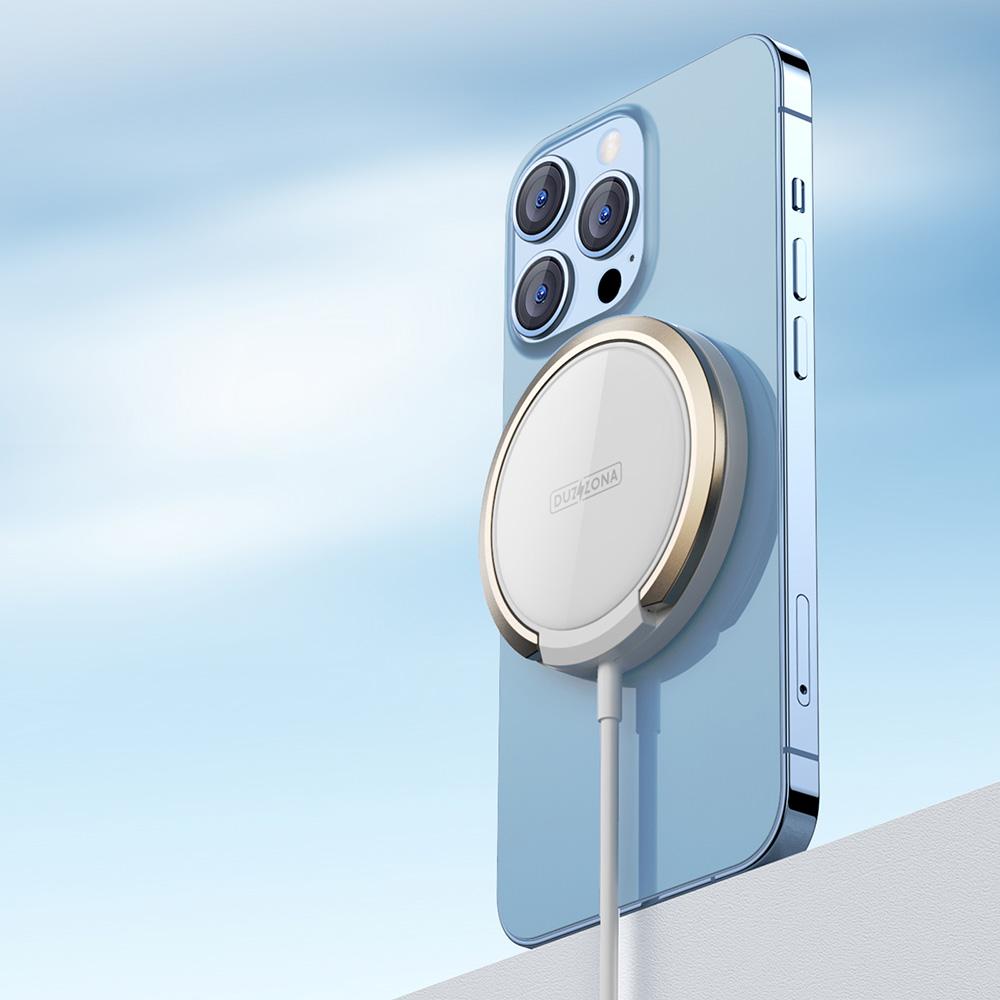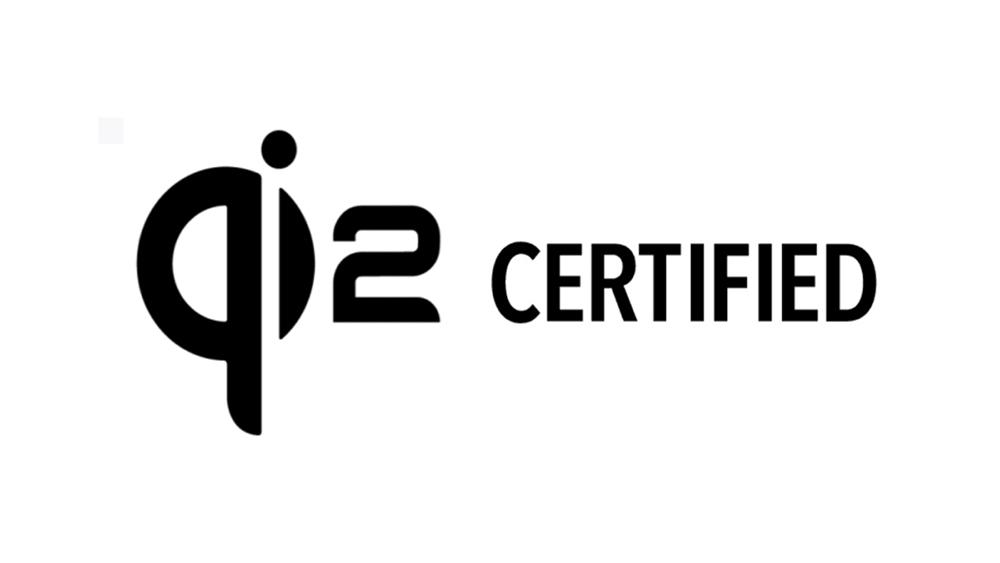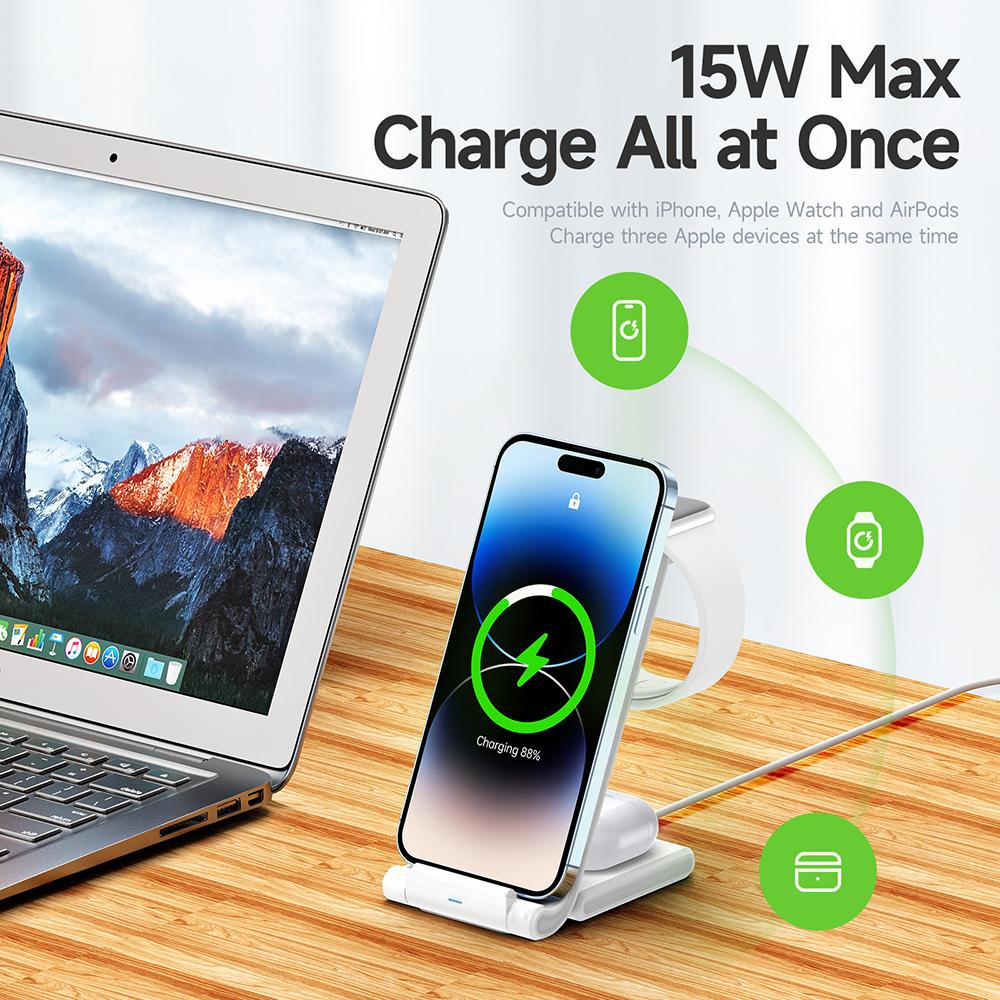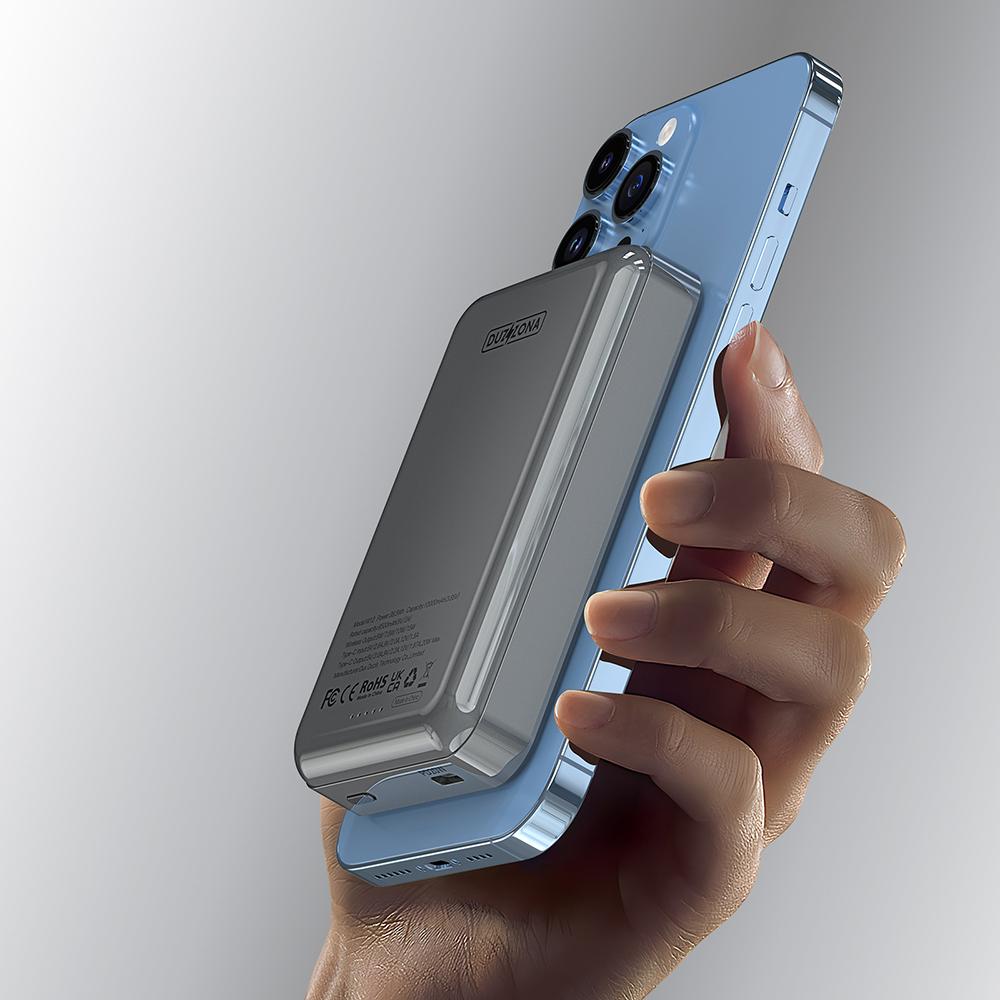
Recently, the Wireless Power Consortium (WPC) announced that the next-generation wireless charging standard Qi v2.0 product is about to be launched, which can provide magnetic functions, faster charging, higher efficiency, and more convenience.
It should be noted that Qi is an interconnection standard developed by the Wireless Power Consortium that enables short-range, low-power wireless inductive power transmission to provide wireless charging of portable electronic devices.

Officials stated that the Qi v2.0 standard currently has two configurations:
Enhances existing wireless charging Extended Power Profile (EPP): It does not include magnets but is Qi v2.0 compliant. New Qi v2.0 EPP products will carry the existing Qi logo that consumers know and use today.
The first Qi2-certified products will be available this Christmas, with the iPhone 15 models being Apple’s first smartphones to support the Qi2 standard. According to WPC, more than 100 Qi2 devices including Belkin, Mophie, Anker and Aircharge are currently lined up for testing.
It is worth mentioning that thanks to “Magnetic Profile” (MPP) technology, Apple iPhone 15 can achieve faster and more efficient charging. The current technical specifications page for Apple’s iPhone 15 states that the device supports 7.5W Qi wireless charging.

When the iPhone 15 is equipped with Qi2 Anker 3-in-1 wireless charging, the POWER-Z KM003C tester reads that the charger output power is 14.97V 1.3A 19.51W. The output power of the magnetic wireless power bank is 9.04V 2.15A 19.47W.
In other words, excluding conversion loss, after the iPhone 15 is upgraded to the internal beta version system, the wireless charging power for Qi2 wireless charging products is approximately 15W.
The iPhone currently supports two wireless charging specifications. 7.5W wireless charging only needs to be compatible with the ordinary Qi standard, while 15W wireless charging needs to meet two conditions. The charger manufacturer joins the MFi Alliance, and the charger must also obtain “Made For MagSafe” certification.
But now, Qi2’s landing product is equivalent to a Magsafe charger that supports 15W, and does not require MFM certification, which means the Android camp can also use it.
When the Android camp gradually supports the Qi2 wireless charging protocol in the future, maybe one day you will be able to dominate the world with a magnetic wireless charger.

Fady Mishriki, Chairman of the WPC Board of Directors, said: “We are pleased to see our members quickly embracing Qi v2.0 and building an ecosystem of accessories for Qi2 devices. We fully expect to see Qi v2.0 quickly become the global standard for wireless charging. “
According to market analysis agency TechInsights, sales of equipment in the global wireless charging market, including transmitters and receivers, are expected to exceed 1 billion units this year. The launch of the Qi2 standard will open the door to the market for new accessories and further expand the wireless charging market.
With the unification of wireless charging specifications and standards, it is possible for devices from Apple and Android manufacturers to be compatible and mutually charged, giving users greater flexibility in switching between devices.
For Apple, the launch of the Qi2 standard can effectively lower the certification threshold for third-party accessory brands and allow more third-party accessory manufacturers to participate in the MagSafe ecosystem.
